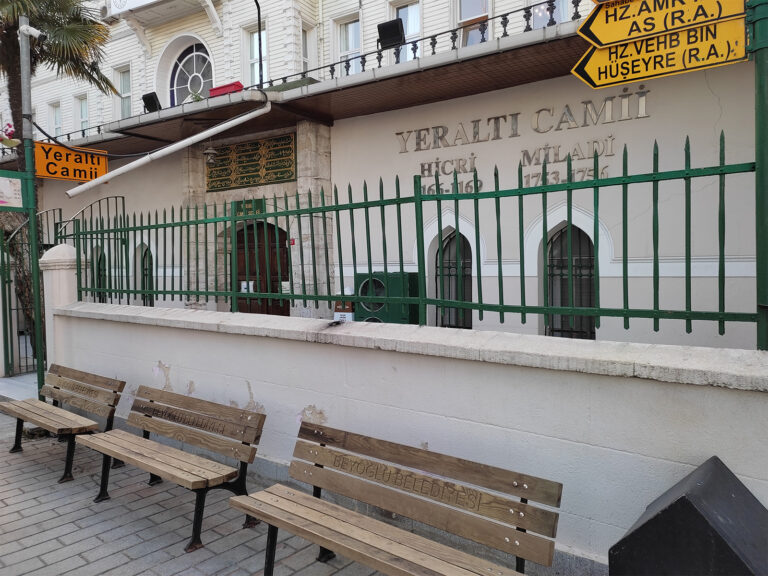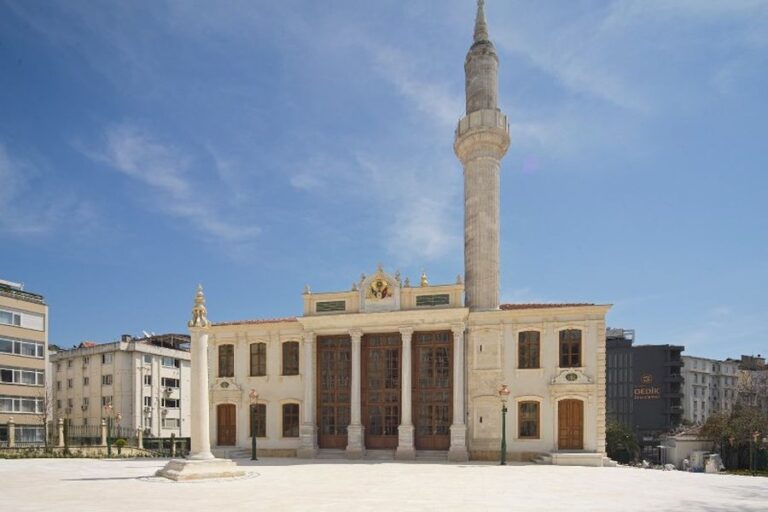Küçük Ayasofya Mosque (Little Hagia Sophia Mosque )
The Küçük Ayasofya Mosque and its complex are significant historical structures located in Istanbul, originally constructed in the early 16th century by converting a Byzantine church. This complex, situated between the Kadırga Harbor and Cankurtaran district, includes a mosque, a tomb, a zawiya-medrese (a religious educational institution), a sıbyan school (primary school), and a bathhouse.
Küçük Ayasofya Mosque (Little Hagia Sophia):
- Origins as a Byzantine Church: Originally built around 530 AD by Emperor Justinian, who also commissioned the Hagia Sophia. It was known as the Church of Saints Sergius and Bacchus.
- Conversion to a Mosque: In the early 16th century, during the reign of Sultan Bayezid II, the church was converted into a mosque by the Sultan’s chief white eunuch, Hüseyin Ağa.
- Architectural Features: The mosque retains many architectural features from its Byzantine origins, including central dome, galleries, and rich stone carvings, reflecting Early Christian architecture.
Tomb and Cemetery:
- The tomb of Hüseyin Ağa is located north of the mosque, characterized by its simple, classical style.
Bathhouse:
- The bathhouse, mentioned in the mosque’s endowment deed and built on the remains of a Byzantine bath, dates back to 1503-1504. Today, it remains in ruins, having suffered extensive damage and alterations over time.
Zawiya-Medrese:
- The complex initially included a zawiya, which later served as a medrese. Although it has faced deterioration over the years, it was restored and now functions as the headquarters of the Yunus Emre Foundation.
Sıbyan Mektebi (Primary School):
- The sıbyan mektebi, which once stood near the mosque, has not survived to the present day. It appears to have been constructed later, as evident from 19th-century photographs showing its wooden upper floors.
The Küçük Ayasofya Mosque and its complex represent a unique blend of Byzantine and Ottoman architectural elements, making it a significant historical and cultural landmark in Istanbul. The site’s proximity to the railway has caused structural damage and vibrations over time, highlighting the need for careful preservation.



